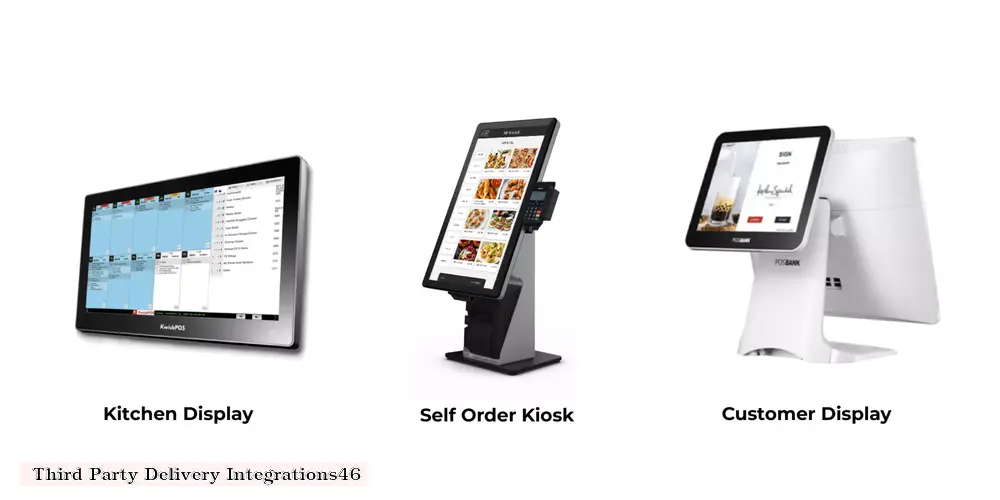

Introduction:
The restaurant industry has witnessed significant disruption in recent years, with the rise of third-party delivery platforms such as Uber Eats, DoorDash, and Grubhub. These platforms offer convenience and expanded reach for restaurants, enabling them to tap into a larger customer base. However, the integration of these third-party delivery services into restaurant operations comes with its own set of challenges and opportunities. This article aims to explore the various aspects of third-party delivery integrations and their implications for the restaurant business.
Benefits of Third-Party Delivery Integrations:
1. Increased sales and customer base: Third-party delivery platforms provide restaurants with access to a broader market, leading to increased sales and revenue.
2. Reduced operational burden: Restaurants can offload the logistical challenges of delivery, such as managing drivers, vehicles, and insurance, to the third-party service provider.
3. Technology and data insights: Third-party platforms offer valuable data insights on customer preferences, order history, and peak delivery times, which restaurants can leverage to optimize their operations and marketing strategies.
Challenges of Third-Party Delivery Integrations:
1. High commission fees: Third-party platforms charge restaurants commissions of up to 30% per order, significantly impacting profit margins.
2. Quality control: Maintaining food quality during delivery can be challenging, potentially leading to customer dissatisfaction and negative reviews.
3. Brand dilution: Restaurants may lose control over their brand image as third-party platforms become the primary point of contact for customers.
Best Practices for Successful Third-Party Delivery Integrations:
1. Carefully select third-party partners: Restaurants should thoroughly research and carefully choose third-party platforms that align with their business goals and values.
2. Negotiate commission fees: Restaurants can attempt to negotiate lower commission rates with third-party platforms, especially if they have strong bargaining power due to their popularity or unique selling proposition.
3. Implement quality control measures: Restaurants should establish strict quality control protocols, such as using proper packaging and insulation materials, to ensure food safety during delivery.
4. Leverage data insights: Restaurants can use data provided by third-party platforms to optimize their menus, pricing strategies, and marketing campaigns.
Conclusion:
The integration of third-party delivery services into restaurant operations offers both opportunities and challenges. By carefully selecting partners, negotiating commission fees, implementing quality control measures, and leveraging data insights, restaurants can optimize their third-party delivery strategies to drive growth and success. As the restaurant industry continues to evolve, it is crucial for businesses to stay informed and adapt to changing consumer preferences and technological advancements.
DISCLAIMER: This information is provided for general informational purposes only, and publication does not constitute an endorsement. Kwick365 does not warrant the accuracy or completeness of any information, text, graphics, links, or other items contained within this content. Kwick365 does not guarantee you will achieve any specific results if you follow any advice herein. It may be advisable for you to consult with a professional such as a lawyer, accountant, or business advisor for advice specific to your situation.
today
Copyright © 2025 Kwick365.com
Designed by KwickPOS is the best restaurant POS